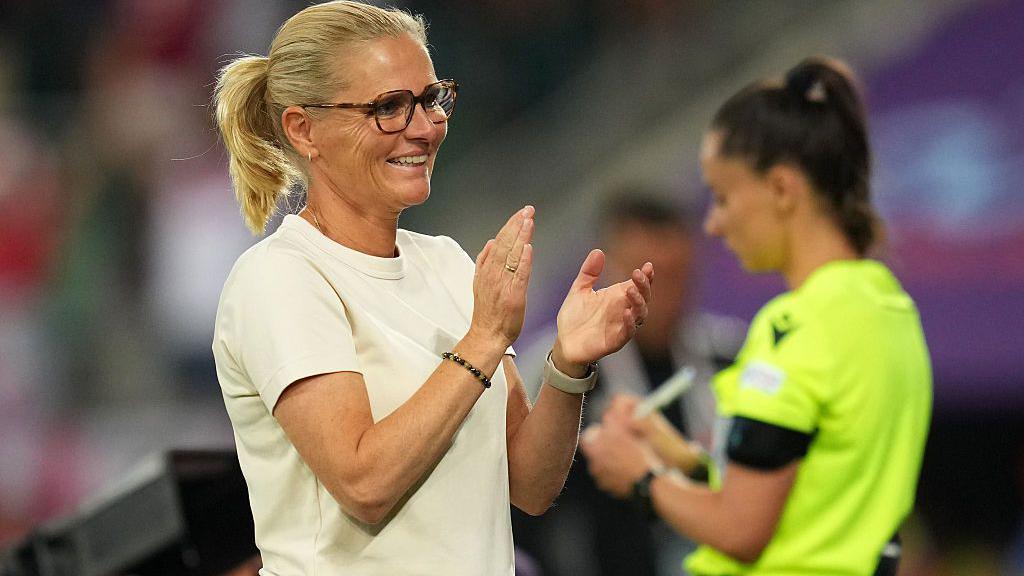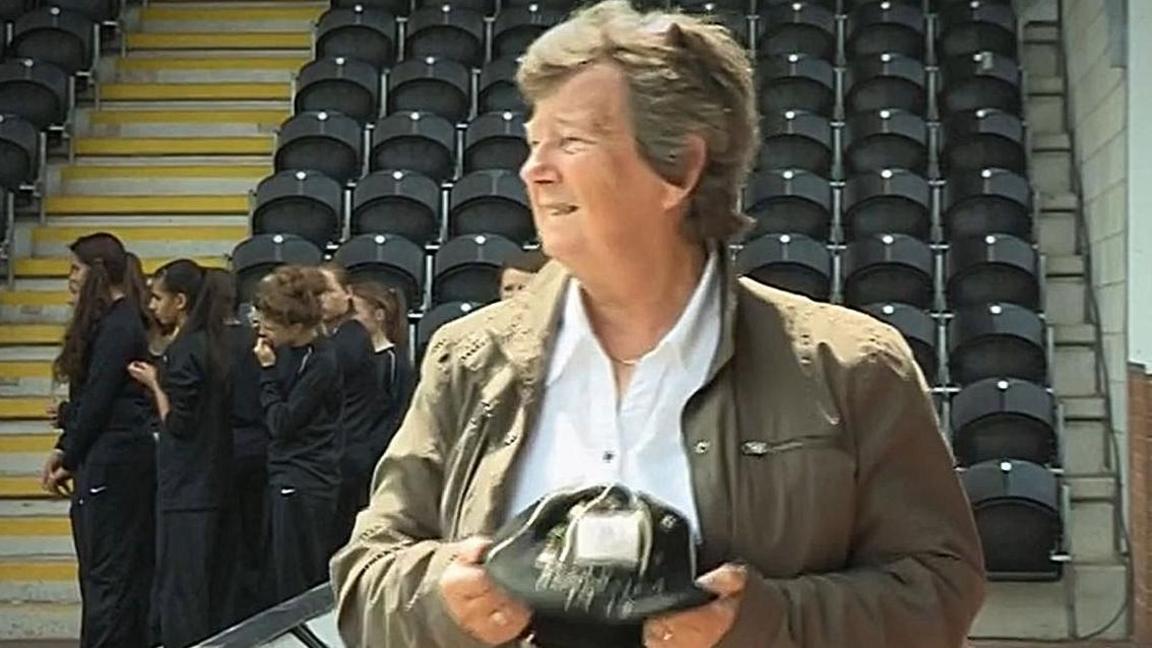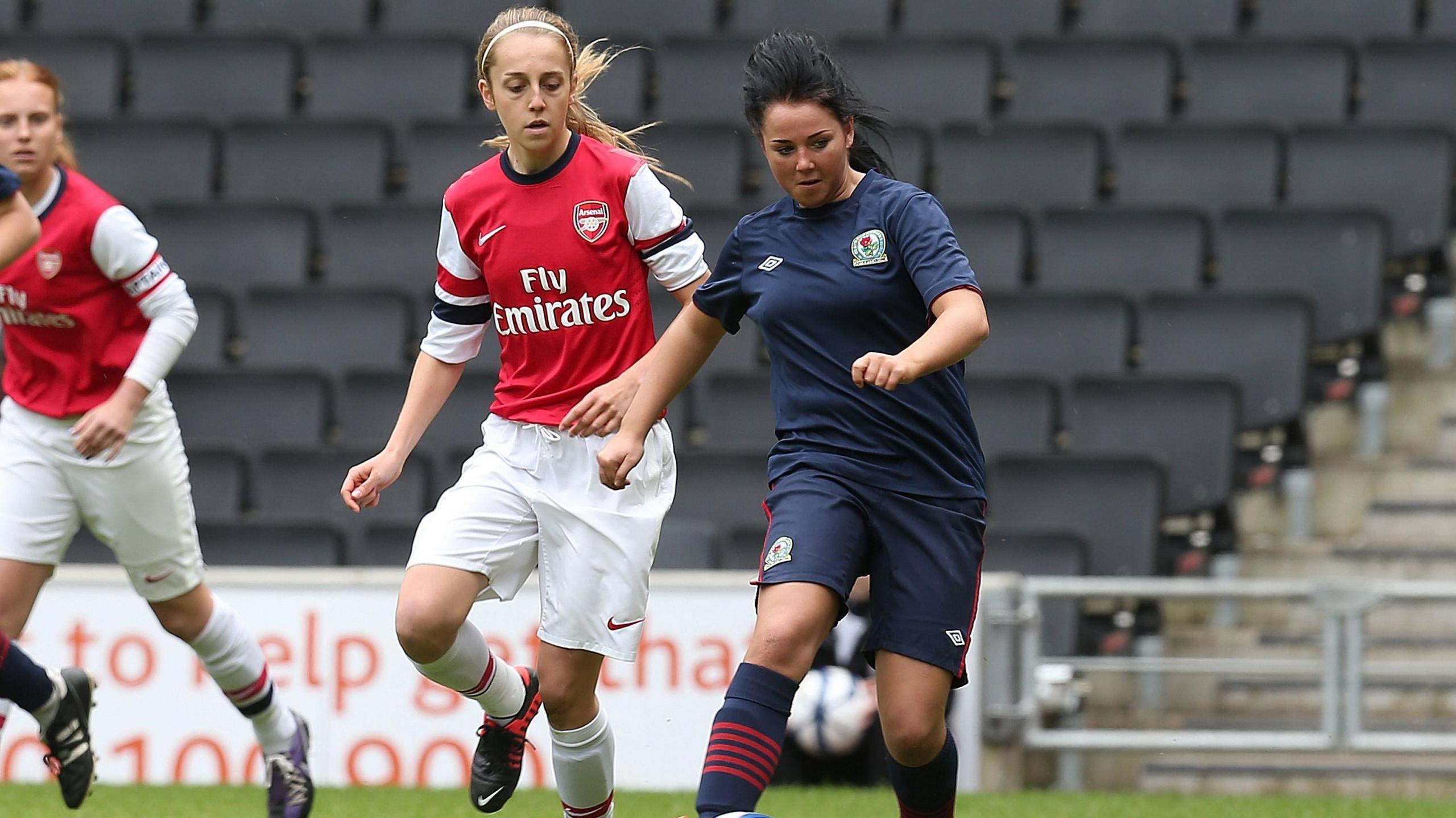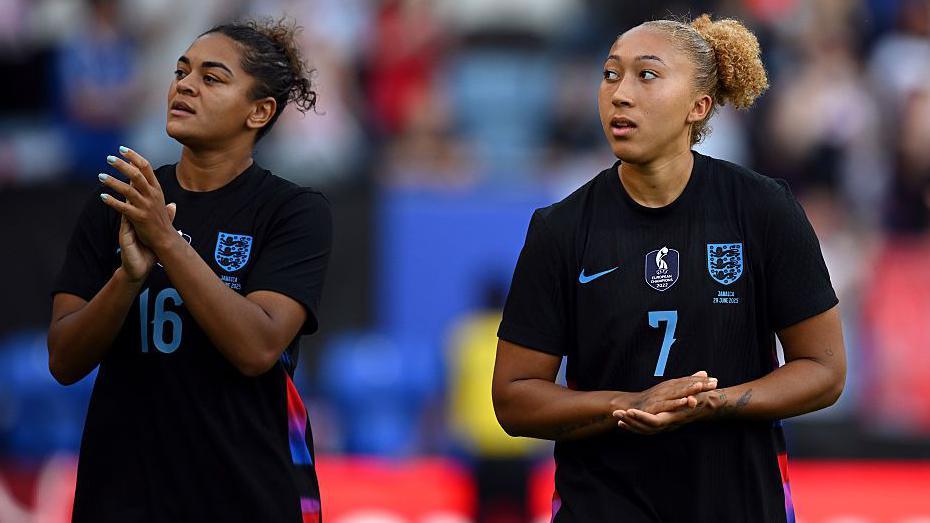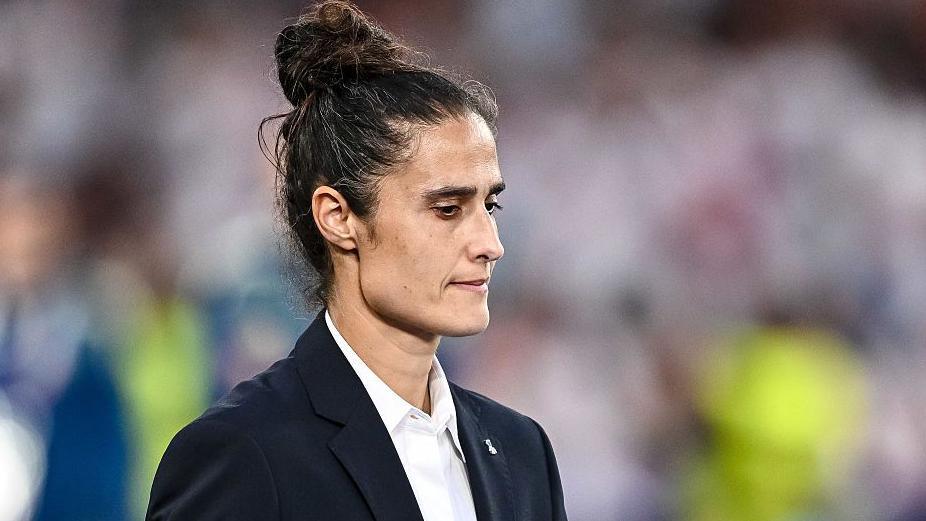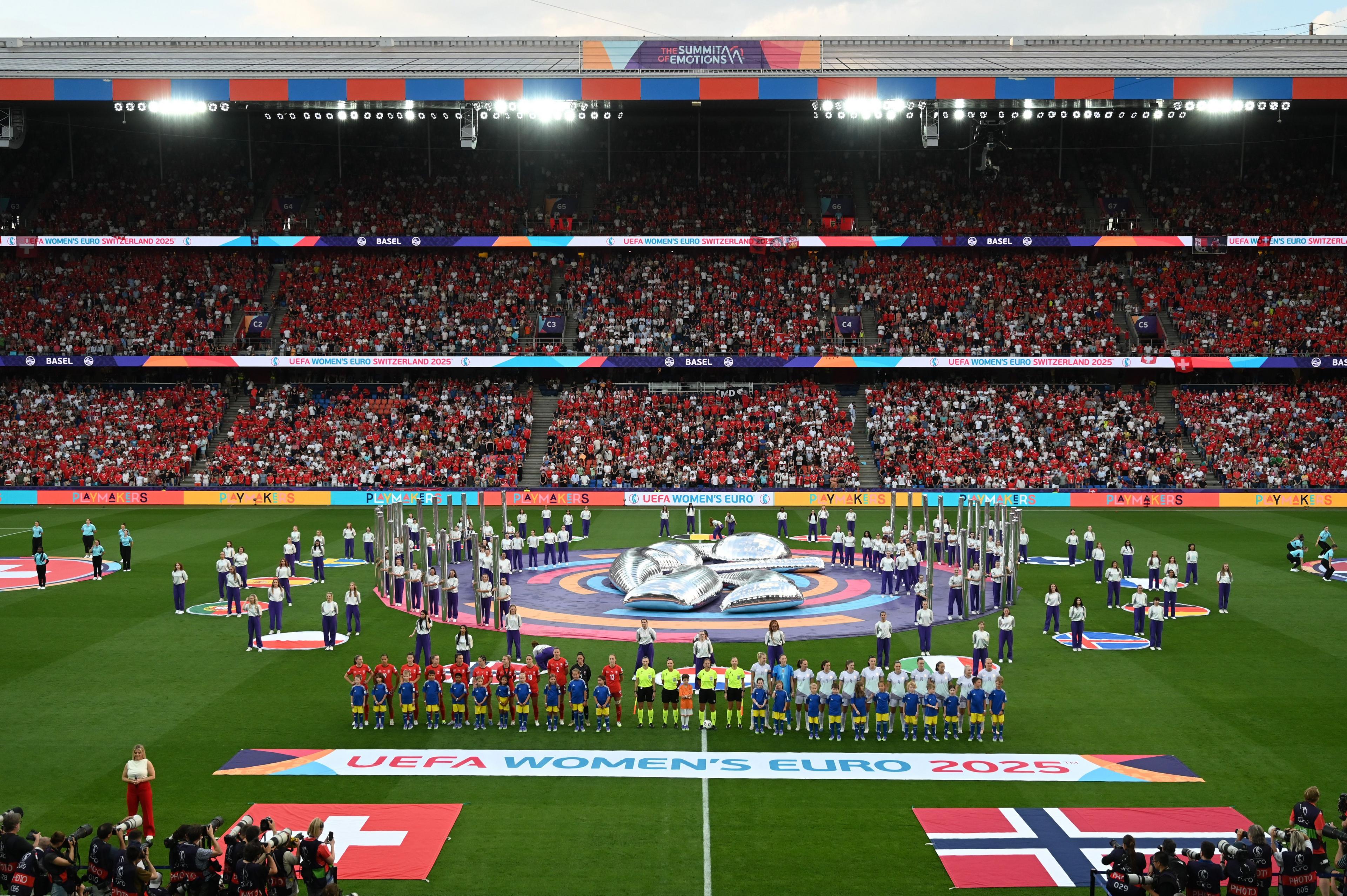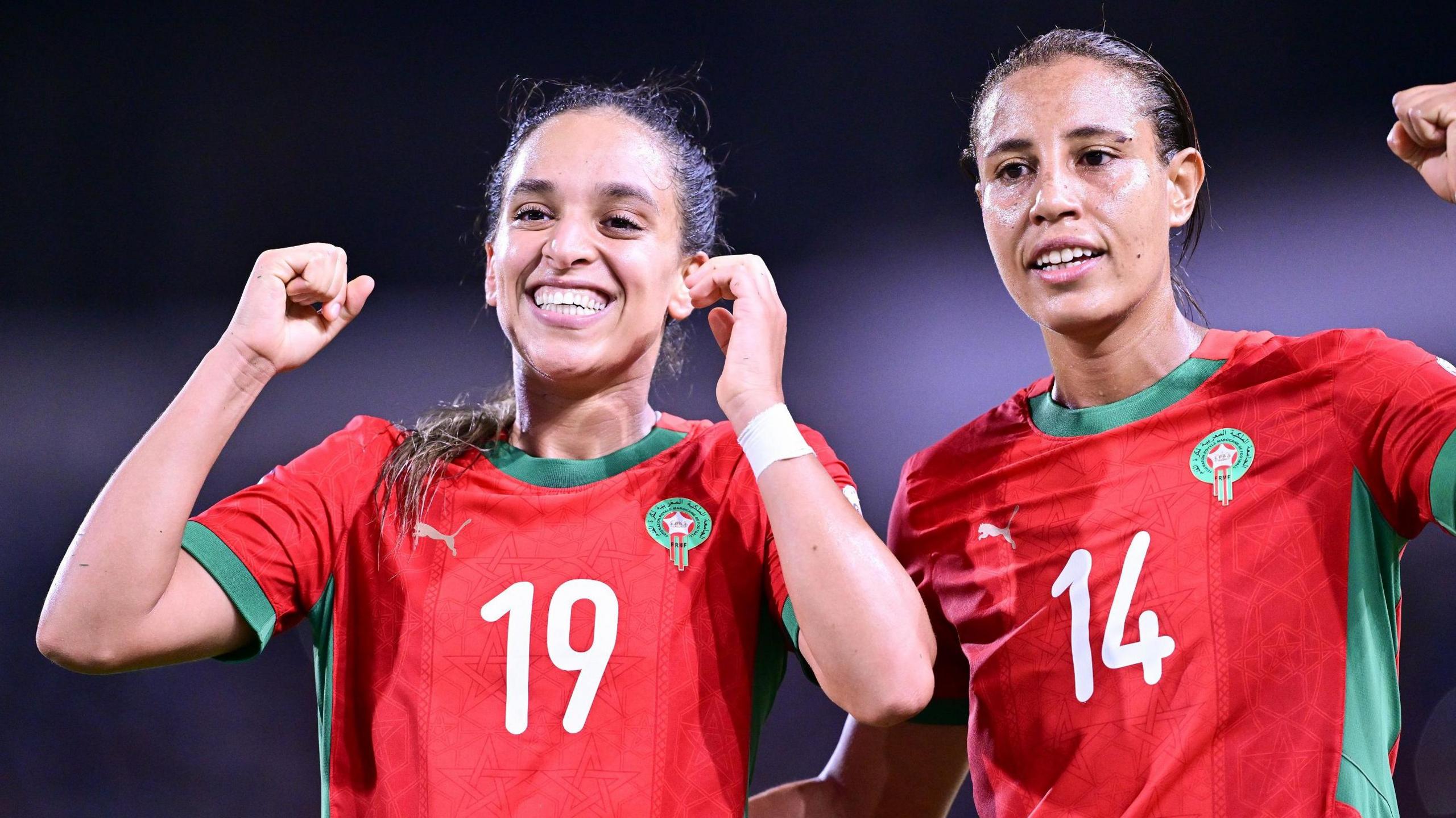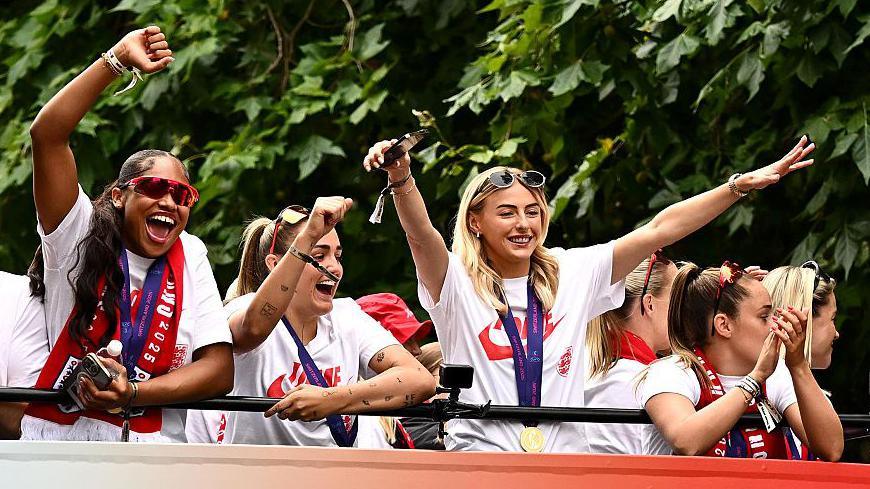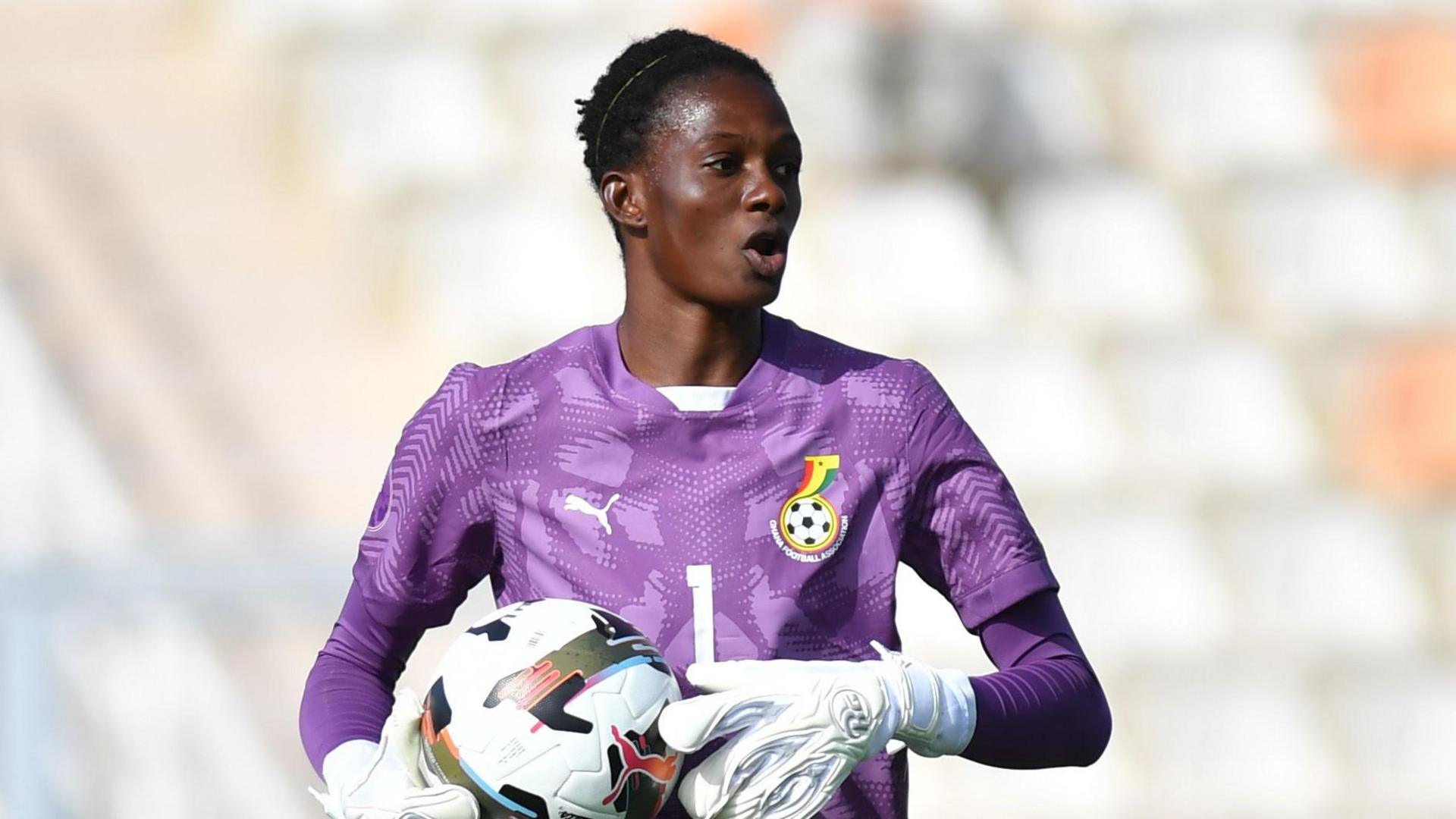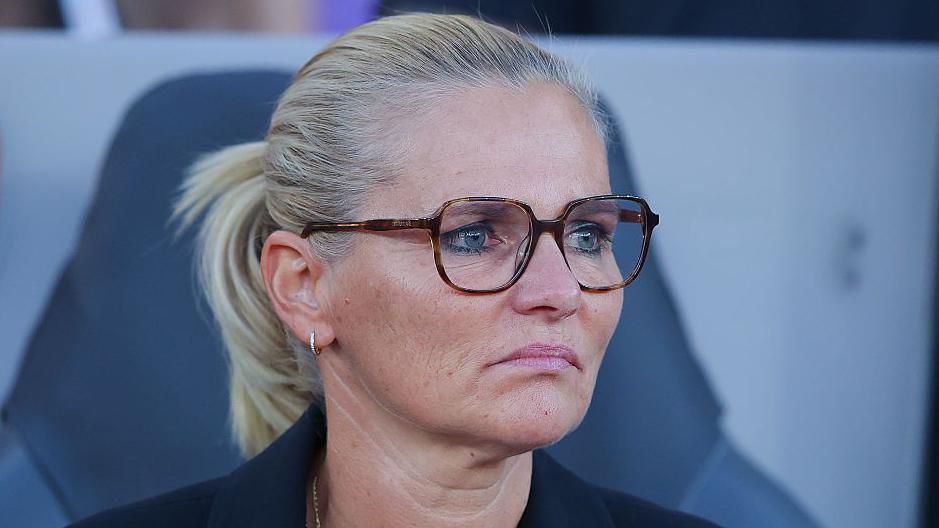Unlocking Peak Performance: The Science Behind Women's Football and Athletic Health
Explore the groundbreaking research on how women's unique physiology impacts football performance, from sports bras to menstrual cycles and injury prevention.

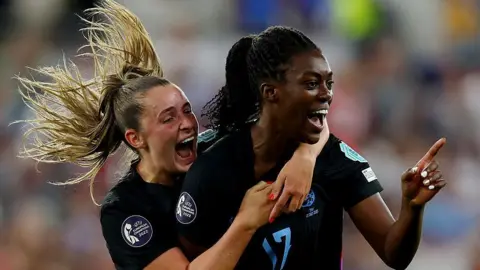
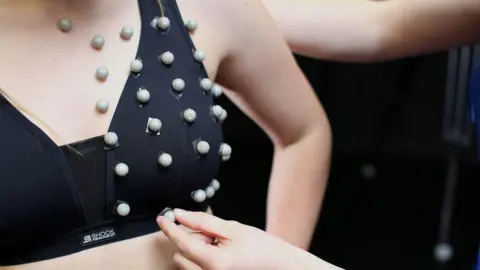


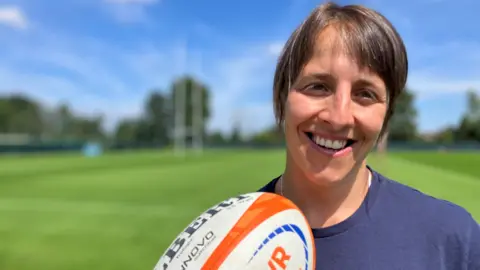






The Science of Women's Football: Beyond the Pitch
The UEFA Women's Euro 2022 was a landmark event, not just for the thrilling matches but also for the scientific advancements it highlighted. As women's football gains prominence, researchers are delving into the unique ways elite sport affects the female body. This article explores three critical areas: breast biomechanics, the menstrual cycle's impact on performance, and the prevention of injuries like ACL tears.
Breast Biomechanics: The Role of Sports Bras
Breast movement during physical activity is more than just a comfort issue—it's a performance factor. Studies by Prof Joanna Wakefield-Scurr at the University of Portsmouth reveal that breasts can bounce up to 11,000 times during a football match, with movements exerting forces comparable to those experienced by Formula 1 drivers. Properly fitted sports bras not only enhance comfort but also improve stride length and overall performance.
Key Findings:
- Breasts move with up to 5G of force during a match.
- Low breast support can reduce stride length by 4cm, which adds up to a mile over a marathon.
- Sports bras protect delicate breast structures, preventing permanent damage.
The Menstrual Cycle and Athletic Performance
The menstrual cycle's impact on athletic performance is a topic that's gaining attention. Hormonal fluctuations can affect energy levels, mood, and even muscle strength. Calli Hauger-Thackery, a Team GB distance runner, shares how her performance varies throughout her cycle, often feeling fatigued and heavy-legged before her period. Researchers like Prof Kirsty Elliott-Sale are studying how these hormonal changes can be managed to optimize performance.
Key Insights:
- Hormonal changes can affect bone, muscle, and heart function.
- Poor sleep and cramps can significantly impact performance.
- Athletes often use period trackers to plan training and competitions.
Preventing ACL Injuries in Women's Football
ACL injuries are a major concern in women's sports, with women being three to eight times more likely to suffer from them than men. Dr Thomas Dos'Santos from Manchester Metropolitan University explains that anatomical differences and hormonal changes play a role. However, targeted strength training and biomechanical adjustments can help reduce the risk.
Key Strategies:
- Anatomical differences, like wider hips, increase ACL injury risk.
- Hormonal changes, particularly high oestrogen levels, can make ligaments more stretchy.
- Strength training and proper technique can mitigate injury risks.
Conclusion
The advancements in understanding how women's unique physiology impacts athletic performance are transforming the world of sports. From the development of specialized sports bras to tailored training programs that account for menstrual cycles and injury prevention, the future of women's football looks brighter than ever. As Katy Daley-McLean, former England rugby captain, puts it, 'We're no longer treated as mini-men, and that's something to celebrate.'














